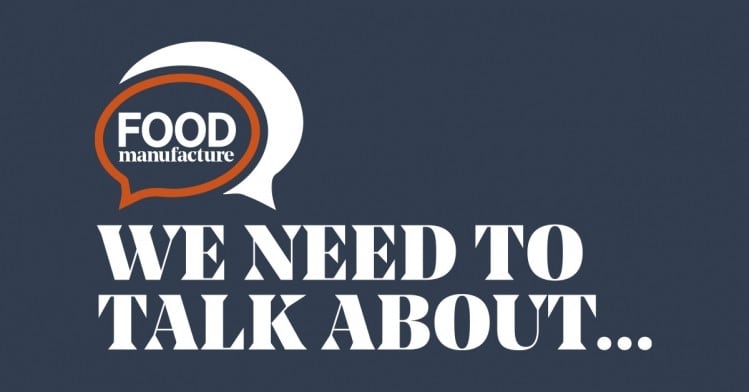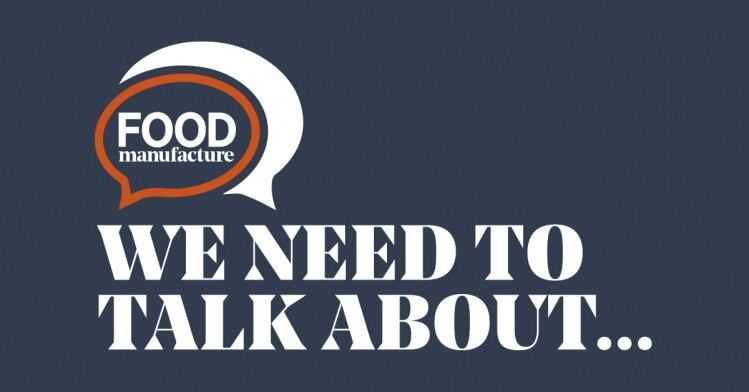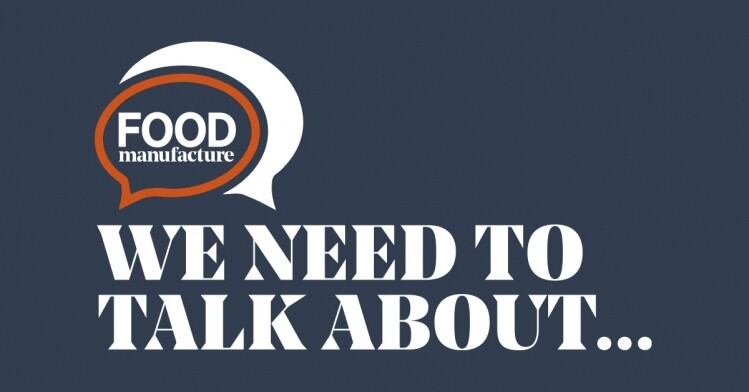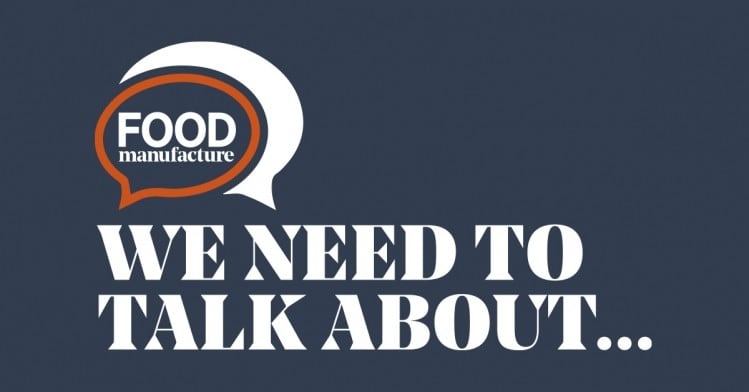More than seven years since that fateful vote, this Conservative Government still have not – contrary to spin – ‘got Brexit done’.
Considerable barriers to trade persist for food exports. While the ‘final’ version of the Target Operating Model (TOM) for border controls for imports into the UK has been published it leaves many questions unanswered.
The single biggest cost for exporters has been for export health certificates to access the EU market this looks likely for imports. Connected to this, the dream of mixed loads and groupage, which previously saved businesses cash by consolidating small loads from several suppliers in one consignment, maximising lorry space, has become a nightmare. Some small to medium-sized manufacturers have abandoned groupage, ceasing exports to the EU.
Food safety controls
One of the largest issues with groupage and mixed loads has been food safety controls. Since these loads are sent under one set of Common Health Entry Documents (CHED), if one product tests positive for microbiological contamination, all suppliers are required to complete rigorous intensified official controls.
This process entails 10 subsequent loads clearing further tests – a costly and lengthy process that sometimes leads to thousands of pounds worth of temperature-controlled goods being scrapped if they spoil while awaiting test results.
The PTF is dealing with one such incident, involving four of its members and entailing close work with DEFRA, the Food Standards Agency and trade contacts on the Continent.
We have achieved some breakthroughs for Government and suppliers, but the situation still warrants attention, and we are adamant outcomes must deliver permanent improvements.
While the situation is compounded by failures of communication from competent Continental authorities on the Continent and the EC, it would never have occurred before Brexit.
Early days for progress
In addition, there’s still no mechanism for UK-based operations to re-export food to the EU that enters the UK purely for packaging – and that’s substantial business for some firms. There are signs of progress, but it’s early days.
The PTF tackles issues such as this on behalf of members almost daily. And there’s more to come as the timeline for the import controls progresses. As soon as it was published last month, even the ‘final’ version of the TOM signalled a work in progress.
There’s a map of UK Border Control Posts, but it’s by no means clear which products they are all set up to receive and we have no assurance they will be adequately staffed. It’s unclear how much operational similarity will exist between government-run BCPs and privately-run BCPs. And trials to avoid the same damage to incoming groupage trade as occurred with exports haven’t even begun.
Government’s promised initial light-touch approach to policing borders is no comfort, as issues still need resolving at some stage.
The Windsor Framework
Meanwhile, for the Windsor Framework – the plan for food heading for Northern Ireland – registering for the Northern Ireland Retail Movement Scheme, to ship food purely for sale to NI consumers has hit a snag. The process requires a Food Business Operator number and exactly what this is has not been properly communicated!
The introduction of ‘not for EU’ food labelling for products only for sale in GB and NI next year also means suppliers shipping single product lines to GB and the EU must split them in two at huge added expense.
If Government had properly consulted industry first before creating models, much of these areas of confusion and trade barriers could have been avoided.





